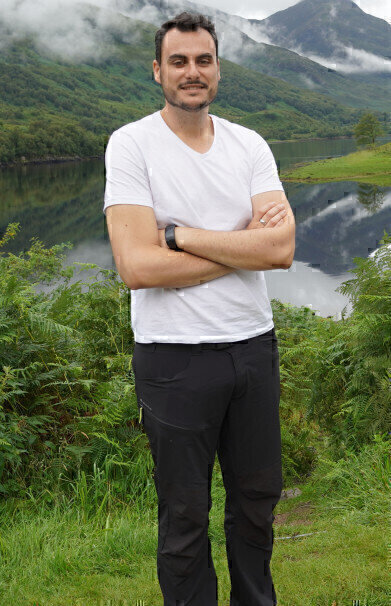-
 Alex Turpin
Alex Turpin
News & Views
3D Images Created Through Time
Aug 17 2020
Researchers based in the UK, Italy and the Netherlands have created animated 3D images, by capturing temporal information about photons instead of their spatial coordinates.
They used a simple, single-point detector to record how long it takes photons produced by split-second flash of a pulse of laser light to bounce off each object in any given scene and reach the sensor. The information, or temporal data – was converted into a 3D image with the help of a sophisticated neural network algorithm. The researchers ‘trained’ the algorithm by showing it thousands of different conventional photos of the team moving and carrying objects around the lab, alongside temporal data captured by the single-point detector at the same time.
Eventually, the network had learned enough about how the temporal data corresponded with the photos that it was capable of creating highly accurate images from the temporal data alone.
Dr. Alex Turpin, Lord Kelvin Adam Smith Fellow in Data Science at the University of Glasgow’s School of Computing Science, led the University’s research team together with Prof. Daniele Faccio, with support from colleagues at the Polytechnic University of Milan and Delft University of Technology.
Dr. Turpin said: “What we’ve managed to do is find a new way to turn one-dimensional data – a simple measurement of time – into a moving image which represents the three dimensions of space in any given scene.
“The most important way that differs from conventional image-making is that our approach is capable of decoupling light altogether from the process.” The team also managed to use radar waves for the same purpose.
“We’re confident that the method can be adapted to any system which is capable of probing a scene with short pulses and precisely measuring the return ‘echo’. This is really just the start of a whole new way of visualising the world using time instead of light.”
“We’re very excited about the potential of the system we’ve developed, and we’re looking forward to continuing to explore its potential. Our next step is to work on a self-contained, portable system-in-a-box and we’re keen to start examining our options for furthering our research with input from commercial partners.”
The team’s paper, titled ‘Spatial images from temporal data’, is published in Optica. The research was funded by the Royal Academy of Engineering, the Alexander von Humboldt Stiftung, the Engineering and Physical Sciences Research Council (ESPRC) and Amazon.
Digital Edition
Lab Asia 31.2 April 2024
April 2024
In This Edition Chromatography Articles - Approaches to troubleshooting an SPE method for the analysis of oligonucleotides (pt i) - High-precision liquid flow processes demand full fluidic c...
View all digital editions
Events
Apr 25 2024 Istanbul, Turkey
Apr 28 2024 Montreal, Quebec, Canada
May 05 2024 Seville, Spain
InformEx Zone at CPhl North America
May 07 2024 Pennsylvania, PA, USA
May 14 2024 Oklahoma City, OK, USA

















